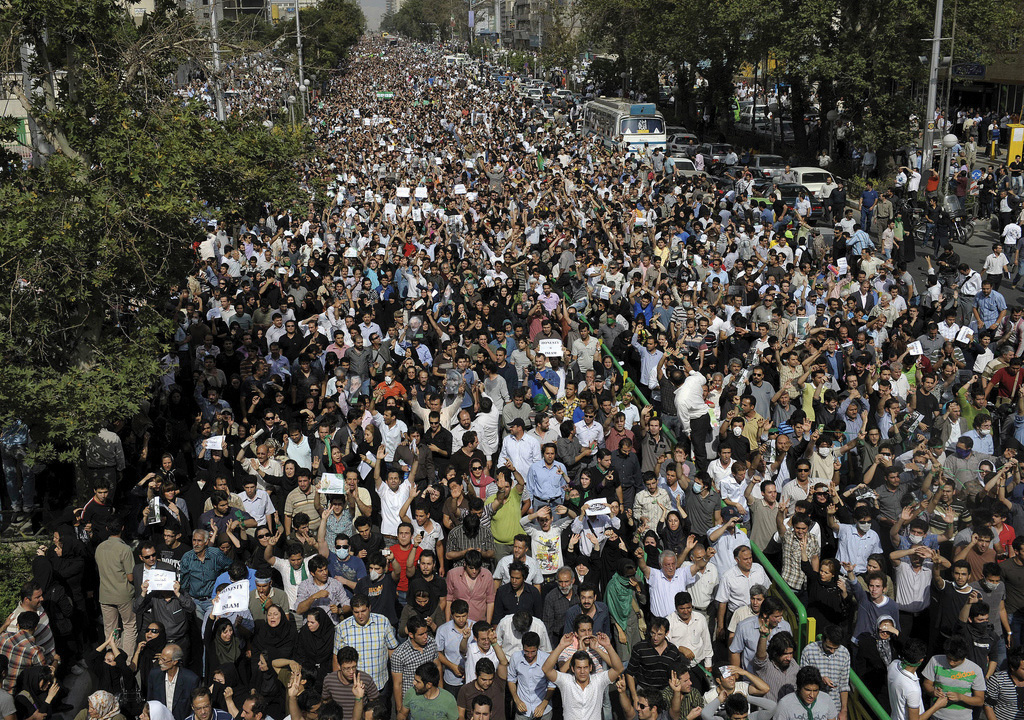Essay on Theory of Collective Behaviour – Sociologists have been trying to provide a satisfactory explanation for the phenomenon of collective behaviour. Why people after exhibit such a peculiar kind of behaviour? This is a challenging question to answer. One of the most promising attempts to provide a comprehensive theory of collective behaviour has been made by Neil Smelser (1962).
Smelser aruges that collective behaviour is essentially an attempt by people to alter their environment particularly when they are under conditions of uncertainty, threat or strain. These conditions may involve factors such as fear, tension, anxiety, boredom, feeling of exploitation, etc. People find these conditions as highly stressful and they want to change them. The form that their collective behaviour actually takes depends largely on how they define the situation that is bothering them.
Smelser speaks of six basic conditions that provide the “necessary and sufficient” grounds for collective behaviour to occur. Those six conditions can be briefly explained here.
ADVERTISEMENTS:
1. Structural Conduciveness:
This refers to the structured elements within the society that make a particular form of collective behaviour possible. In other words, the structure of the society may encourage or discourage collective behaviour. Simple, traditional societies such as the tribal or rural societies are less prone to collective behaviour than are the modern, complex urban societies.
2. Structural Strains:
ADVERTISEMENTS:
Situations such as poverty, conflict, discrimination, uncertainty about the future, deprivation and fears of deprivation etc., lie at the base of much of collective behaviour. Feelings of injustice and exploitation prompt many to extreme action. Such situations encourage people to make a collective effort to relieve the problem. Exploited classes, humiliated castes, oppressed racial groups, insecure minorities — are potential groups for collective behaviour.
3. Growth and Spread of Generalised Belief:
Structural conduciveness and strains alone cannot lead to collective behaviour. Before any collective action, people must develop some general belief about the situation. The belief may help them “to identify the source of the threat, the route of escape, or the adventure of fulfillment”. The belief may crystalise into an ideology. The ideology identifies the causes and nature of the problem and is used to justify collective action for social changes.
4. Precipitating Factors:
ADVERTISEMENTS:
All of a sudden, collective behaviour does not take place. Some dramatic event or rumour sets the stage for action. A “cry of police high handedness”, rumour that a mosque is destroyed, a newspaper that some lower caste woman is tripped of her clothes in public by some upper caste gangmen, etc., may suddenly spark of the event. As a result, a panic is created. Such precipitating events serve to confirm people’s suspicion and uneasiness that already exist. In many cases, violence is also caused.
5. Mobilisation for Action:
The precipitating factors make the people to get involved and encourage them to organise themselves for action. The mere rush of people towards some spot and the very fact of their physical closeness make them to have interaction and some group cohesion. If leaders emerge and encourage others to take some action, collective behaviour will probably follow.
6. Operation of social Control:
When the conditions stated above are met, the outcome depends upon the success or failure of social control mechanisms, such as leadership, police power, mass media, governmental authority, and so on. Even if the above mentioned five conditions are met, the social control mechanisms may be strong enough to suppress collective behaviour. Or they may be too weak to prevent such behaviour; or they may be counterproductive and may actually magnify the behaviour.
“Smelser’s theory provides us a useful means of analysing Collective behaviour. Fads, fashions, and crazes, for example, can be interpreted as a response to the conditions of boredom; panics as a response to conditions of threat; or riots as a response to conditions of strain and resentment”—Ian Robertson.
“Smelser’s formulation has stimulated a good deal of criticism and experimentation; …yet it remains perhaps the most widely used theoretical approach in the study of collective behaviour today”—Horton and Hunt.

